I Use These 5 AI Workflows for My Creative Edge (and They're Changing Everything)
Yes, I'm using these AI workflows to create faster, smarter, and better in 2025.
Let’s be honest, the internet is flooded with AI advice, but most of it is outdated, overly complex, or just talks about the same old tools again and again.
And that’s the reason I write valuable yet practical posts, sharing some of the best and latest AI tools, guides, and workflows that most of you don’t know.
Recently, I wrote a post sharing the best practical ways people can use AI in their everyday life.
And now, this post is all about the next-level AI workflows that are truly making a difference for creators like me in 2025.
Think about it.
What if you could turn a 300-page book into a video in minutes, build an app with AI capabilities just by talking to AI, and create 3D models from a simple sketch, all without writing a single line of code?
Yes, that’s what I’m going to share with you in this post.
Note: If you found this post valuable or learned something new, consider becoming a paid subscriber to this newsletter. It’s the best way to support my work and keep this kind of content coming.
With that said, let’s get started.
1. Generate videos with NotebookLM
Most of you may know that you can generate podcasts, mind maps, and reports by just uploading multiple sources directly into NotebookLM.
Well, NotebookLM just released a new update where you can now generate videos based on the sources you upload.
To give it a try, I uploaded my favorite book, Rich Dad, Poor Dad, as a PDF to see what it would generate.
And here’s what it generated:
To be honest, I really liked this generated video, it made a great summary of the entire book, and the content was impressively accurate.
If you want to watch the complete video it generated, here’s the link.
Also, here’s the mind map it generated based on the book I uploaded:
How It’s Useful:
Well, this is the fastest way to get a polished, narrated explainer from multiple source materials (a book chapter, a long research paper, a detailed report). And it’s not just for a video, it’s for making complex information digestible in seconds.
Real-World Applications:
For Educators: Generate a video summary of a historical event or scientific concept to share with students, saving you hours of lesson planning.
For Content Marketers: Turn a detailed report or blog post into a short, engaging video for social media to drive traffic.
For Business Professionals: Instead of reading a long company report, let NotebookLM create a quick video summary for your team members to get everyone up to speed instantly.
2. Quickly create 3D models & then build apps
You may know that we can easily generate websites, resumes, headshots, logos, and more with the help of AI.
But what about generating 3D models with AI? Yes, you read that right.
Simply visit the Microsoft Copilot 3D page, and then upload your 2D image, it can be a drawing, artwork, or even a photo, and click the ‘Create’ button.
I uploaded multiple images in JPG, JPEG, and PNG formats, and it supports most of these.
Here are some examples you can check out to see how it generates:
Sure, if you don’t like the result, you can recreate it multiple times until you get the desired output.
And if you like the result, you can download it in GLB format, which is widely compatible with most 3D viewers, design tools, and game engines.
How It’s Useful:
This workflow is specifically helpful for rapid prototyping and ideation. It removes the need for specialized 3D modeling skills and expensive software, allowing you to turn a visual idea into a usable asset instantly.
Real-World Applications:
Game Developers & Indie Creators: Turn quick sketches into 3D assets.
Designers: Rapidly prototype 3D models for clients.
Marketers: Create product mockups or explainer visuals without hiring a 3D artist.
Students: Visualize concepts in architecture, engineering, or science.
3. Create complex apps (& websites) just by chatting with AI
As a web developer, I must say that earlier it was too hard to create a website or app, even with the expertise, and it used to take too much time.
But now, we have multiple AI website builders, LLMs like ChatGPT and Claude, and even AI-powered tools like Lovable, Cursor, and v0 that let you build your dream apps.
Just to be more specific, I’m using Stitch to generate website and app designs by simply writing a descriptive prompt.
Then I’m generating complex apps or websites with the help of v0, Lovable, or Cursor — either by uploading my designs or just writing a prompt about what I want to generate.
Here’s a complex, and interactive web app built by v0:
And here’s a fully functional invoice bill generator built by Lovable:
Sure, as a web developer, I can easily make the changes, fix the bugs, and create things the way I want. But the best part is that I save tons of hours thanks to this process.
Lastly, for reviewing the code, I generally go with CodeRabbit AI.
In the same way, you can generate whatever specific solution you need for your business and grow it to the next level.
How It’s Useful:
These workflows can be helpful for both non-coders and developers. As a developer, you can use them for tedious tasks like boilerplate code and front-end design, allowing you to focus on the unique functionality of your app. And for non-developers, you can build tools that help in your daily life or work.
Real-World Applications:
Entrepreneurs: Validate startup ideas with working MVPs in hours, not months.
For Small Business Owners: Build a custom inventory tracker, an internal customer portal, or a lead-generation calculator for your website without hiring a development team.
Freelancers: Deliver websites/apps 10x faster.
For Students & Non-Coders: Use these AI tools to create some and useful apps for your projects or to build a startup. And finally bring your ideas to life.
4. Build your mini AI apps using just prompts
Now, let’s talk about creating AI agents just by using prompts, either to complete specific tedious tasks or to build a tool for customers.
Sure, you can use Make.com, n8n, Zapier, and more to automate tasks. You can even use ChatGPT or Gemini to create AI agents with a step-by-step guide, or use RunwayML.
But you already know about all of these. So, I want to talk about another tool called Opal from Google, which lets you build, edit, and share mini AI apps using simple prompts.
Here, you can create products just by writing prompts that combine the different capabilities of Google’s models for free.
To get started, simply visit their website, sign in with your Google account, and then create a new app or remix apps from their gallery.
I used their premade app called “Generated Playlist” that creates a playlist with YouTube links based on my mood, and here’s how the flow of this app works:
Of course, I can further edit it the way I want, either by prompting in text form or by selecting a specific step and editing it further.
I asked it to give me a try, and here’s what it recommended:
How It’s Useful:
This tool is about creating personal, hyper-specific AI agents. You can design a tool to solve a problem that is unique to you, your work, or your team.
Real-World Applications:
For Researchers: Create a custom app that takes a research paper URL and generates a summary along with a list of key figures mentioned.
For Writers: Build a tool that takes a rough outline and generates a detailed set of character descriptions, plot points, and dialogue snippets.
For Anyone with a Tedious Task: Create a tool that takes a spreadsheet of client information and automatically drafts personalized follow-up emails for you to send later.
5. Use AI to write, get ideas, research, and more
To be honest, earlier it was literally hard to write an insanely valuable post when there were no AI tools.
You needed to find topics, do a lot of research, write content, find images, create charts, and then finally edit and proofread multiple times before publishing.
So, if you were writing a technical guide or something similar, you would at least need 10 to 20 hours to write a single post. Yes, you read that right.
But now, you can use multiple AI tools and create a custom workflow to save time and write much more valuable content.
The process starts with research, and that’s where you can use Perplexity, or even dive into complex topics with NotebookLM.
Then you can generate topic ideas, titles, and outlines with LLMs like ChatGPT or Claude. Their latest versions are insanely good for this.
Next, use Leonardo AI, Qwen AI, or Microsoft Copilot to generate images, and Napkin AI to create different types of charts or visuals.
Lastly, for proofreading and editing, you can use any LLM you prefer to check grammar, improve flow, or even change the style.
Thanks to these simple but highly useful methods, I’m saving most of my time while writing, and my writing is way better than it used to be.
How It’s Useful:
This workflow is the ultimate creative advantage for anyone who writes online. It doesn’t do the writing for you, it makes every step of the process faster, clearer, and better, while saving you a lot of time.
Real-World Applications:
For Bloggers: Drastically cut down on your content production time, allowing you to publish more frequently and stay ahead of the competition.
For Academic Researchers: Use these tools to organize research papers, generate detailed outlines for your thesis, and create professional-looking charts for your presentations.
For Copywriters: Accelerate your ideation process for social media campaigns, ad copy, and email newsletters, allowing you to deliver higher-quality work for clients faster than ever.
Hope you like it.
That’s it — thanks.
If you’ve found this post helpful, make sure to become a paid subscriber to my newsletter AI Made Simple if you haven’t already, and share this post so others can learn about these use cases.



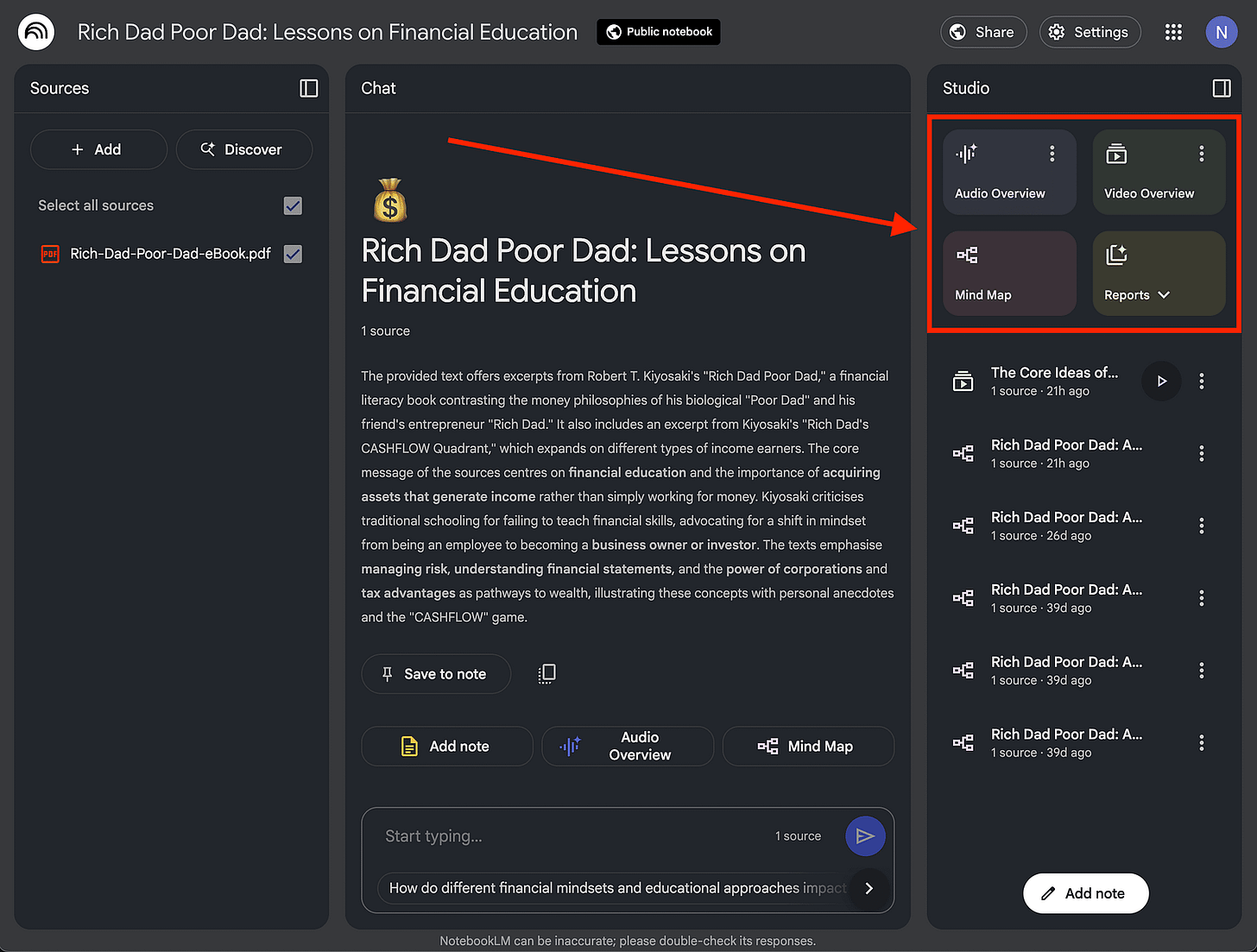



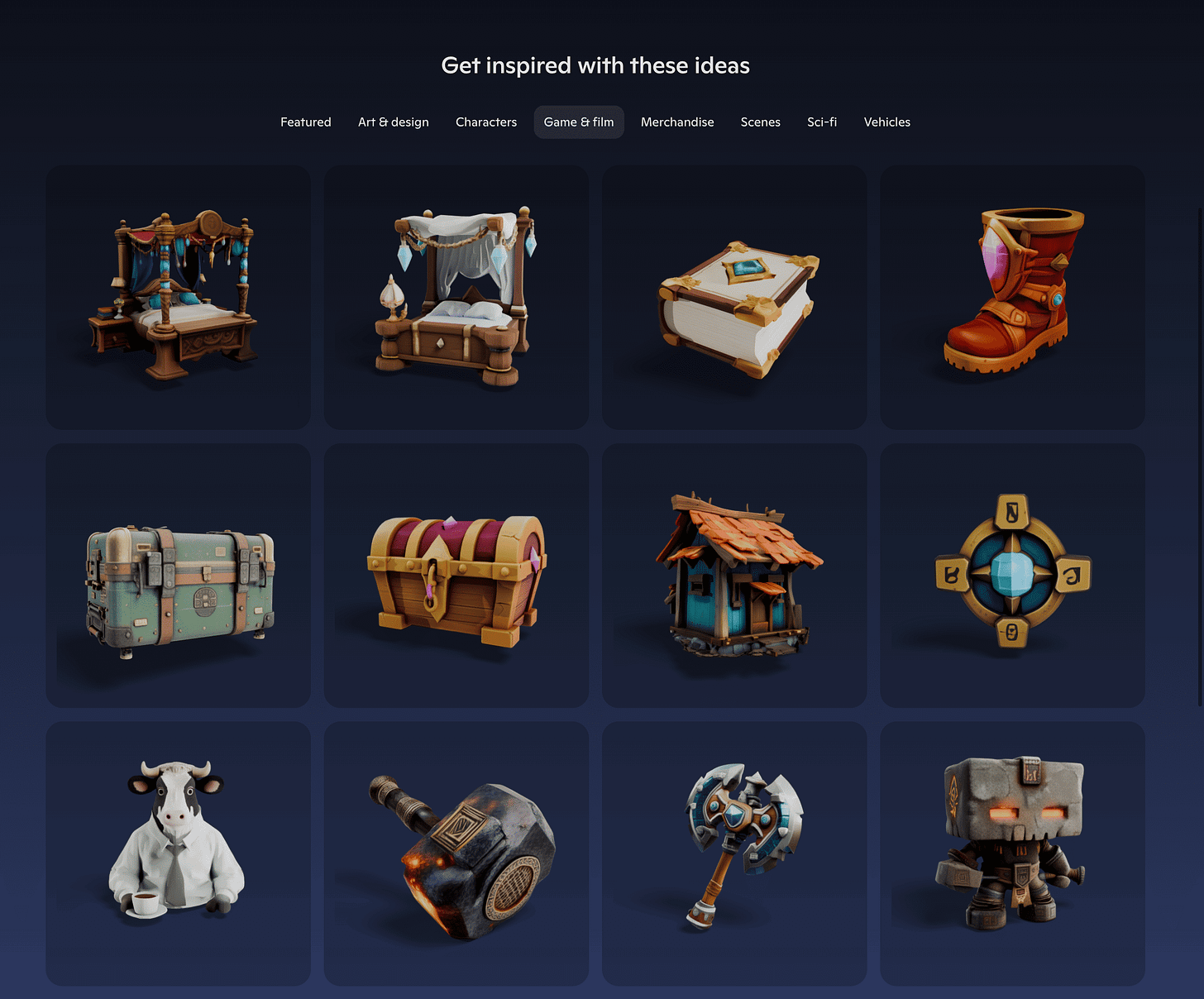


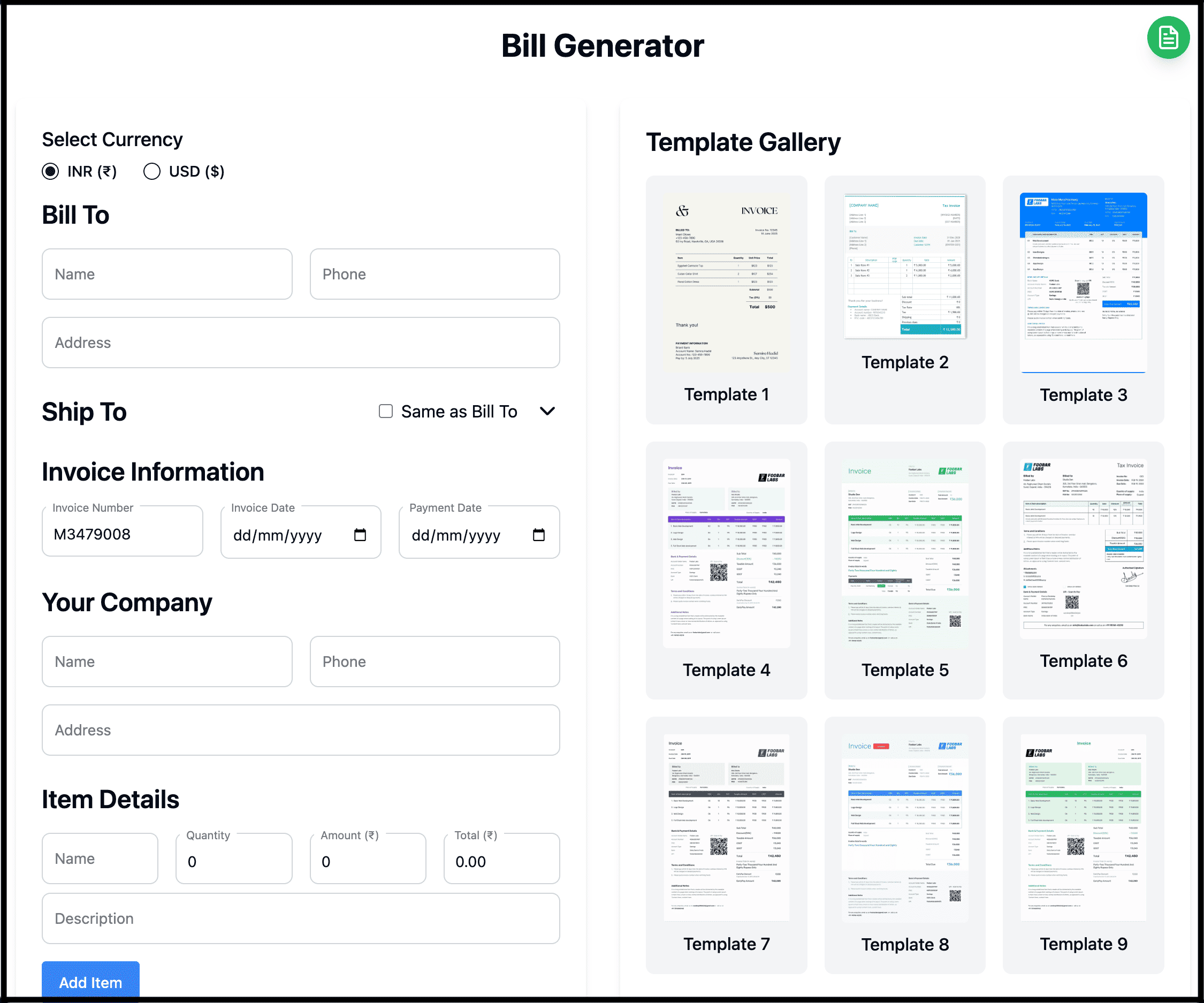
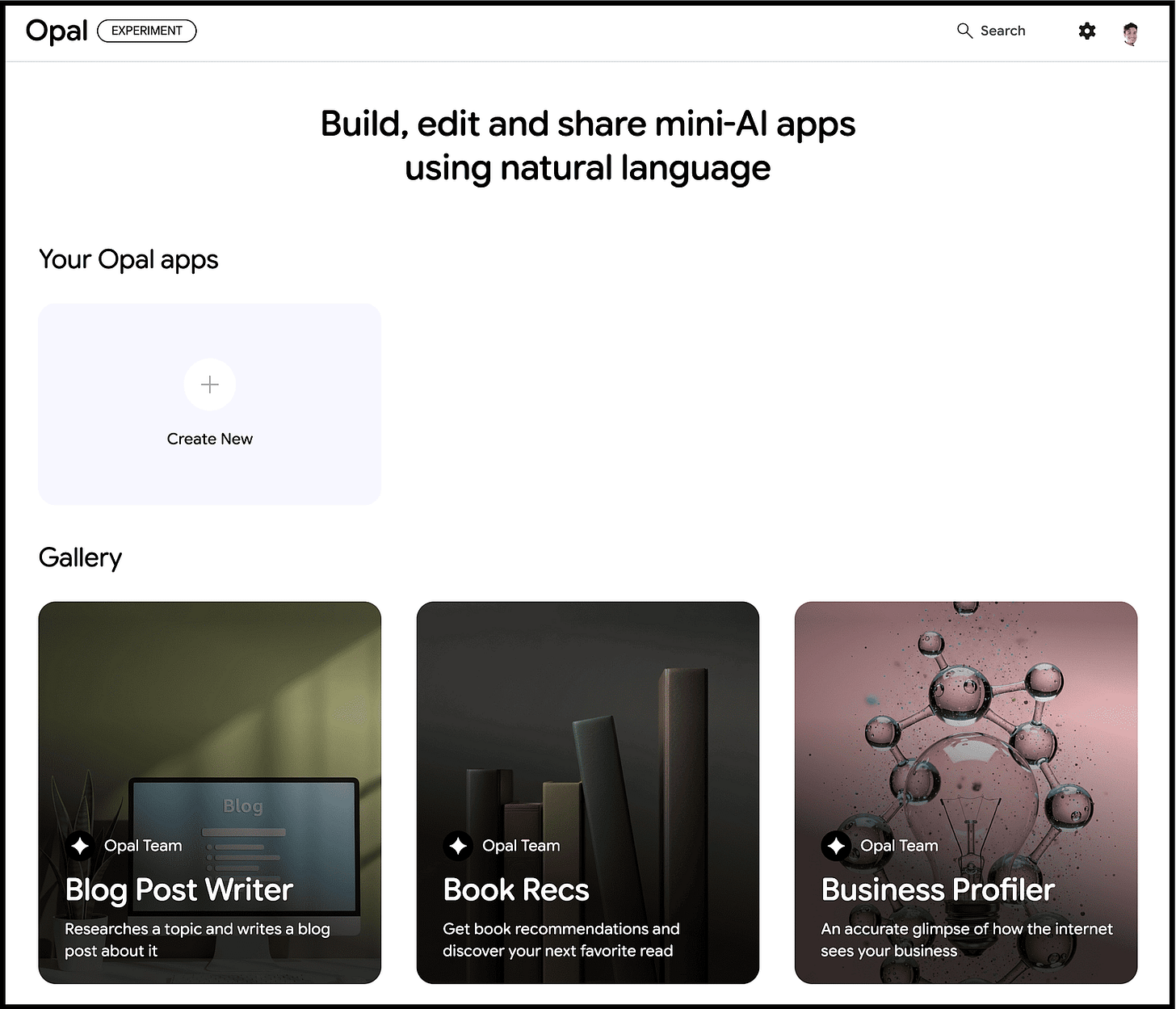
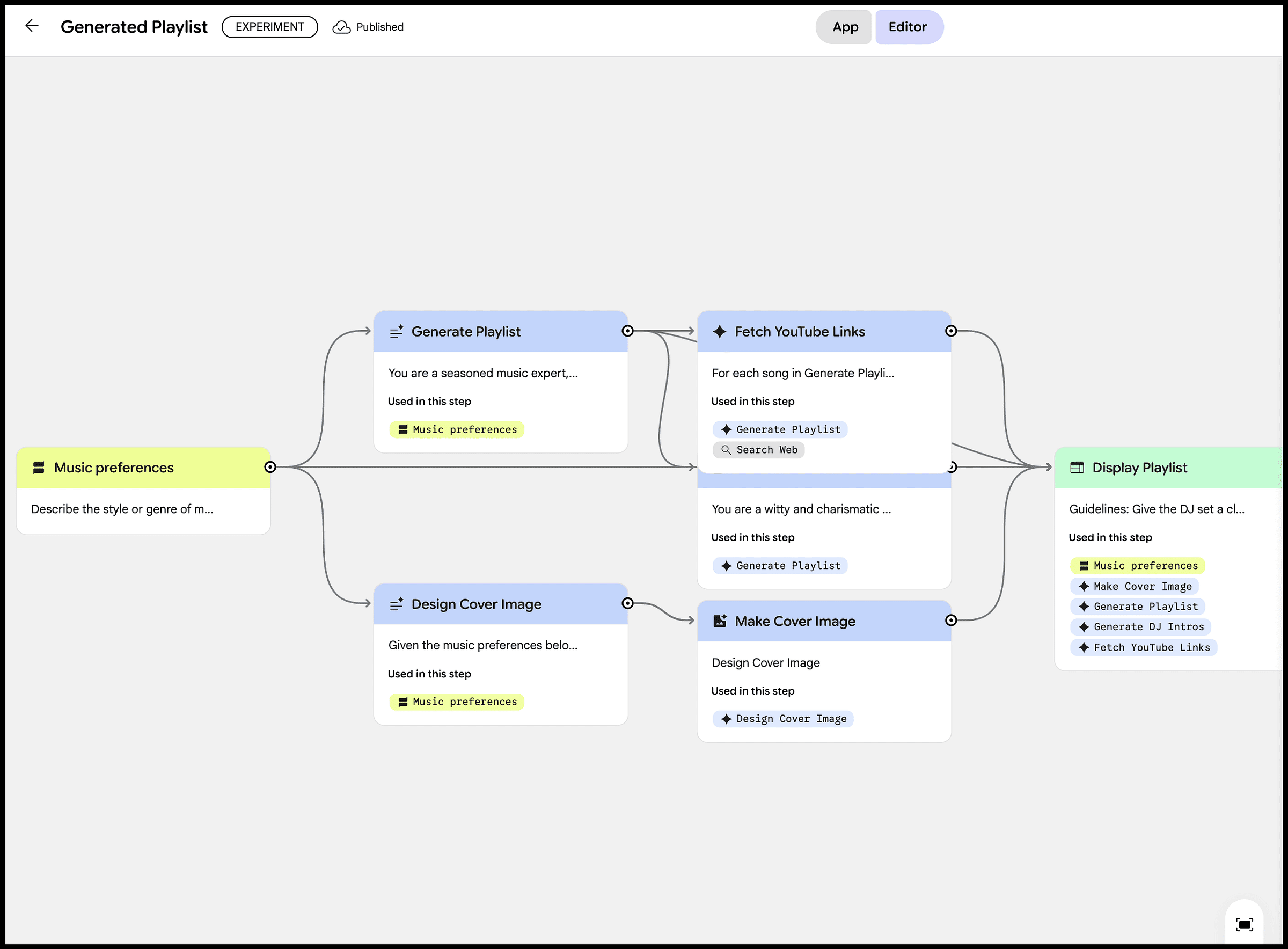
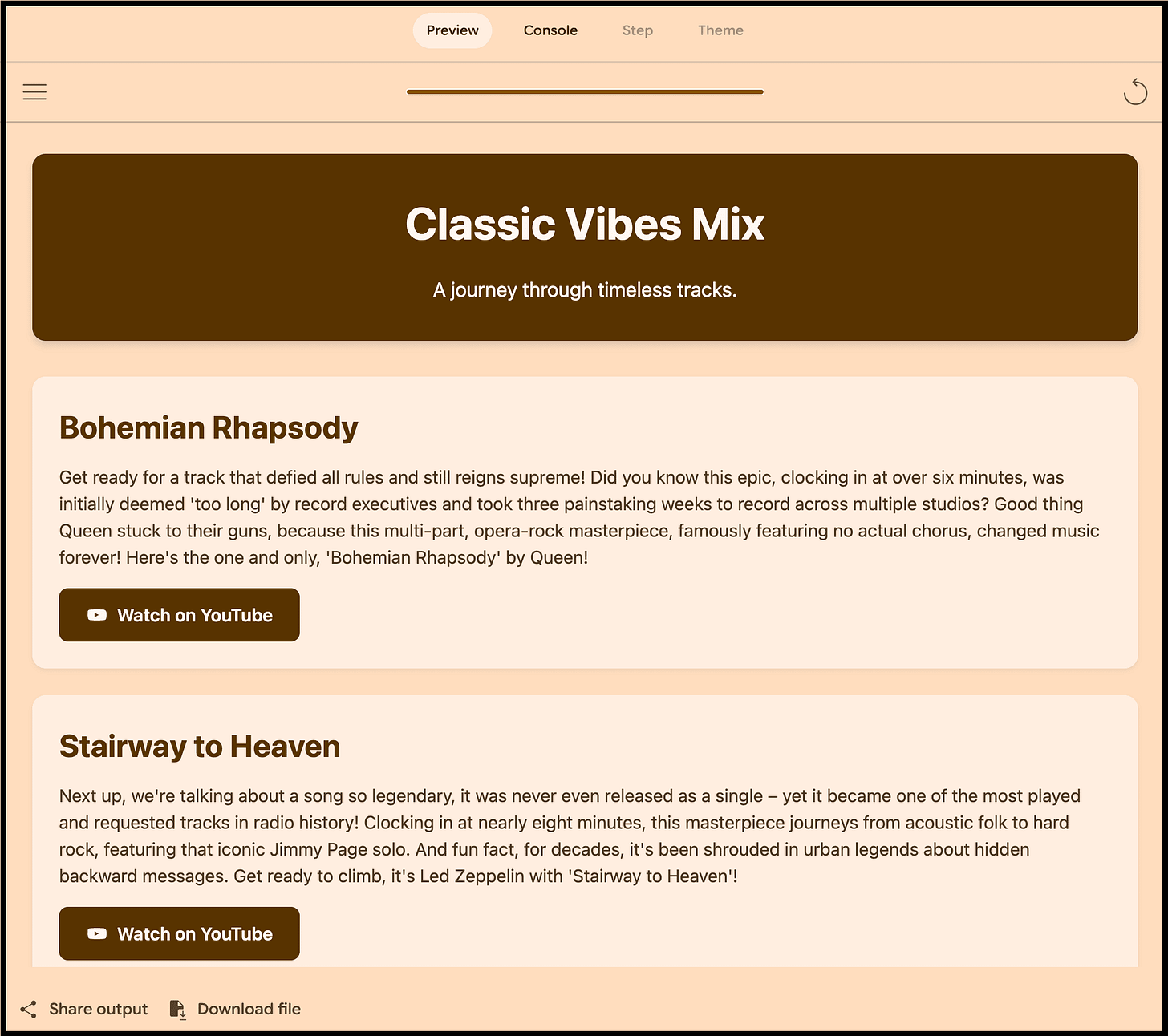
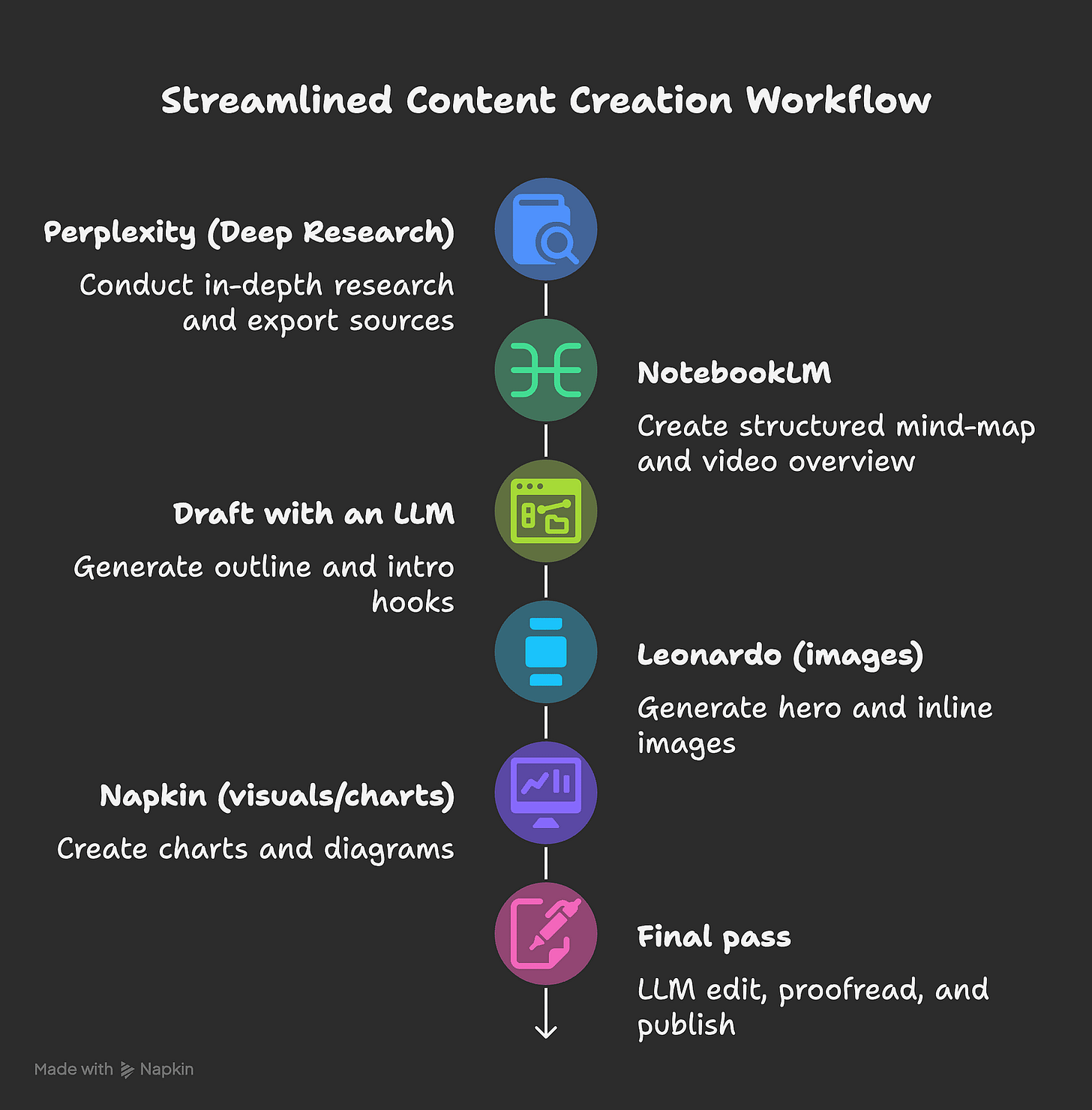
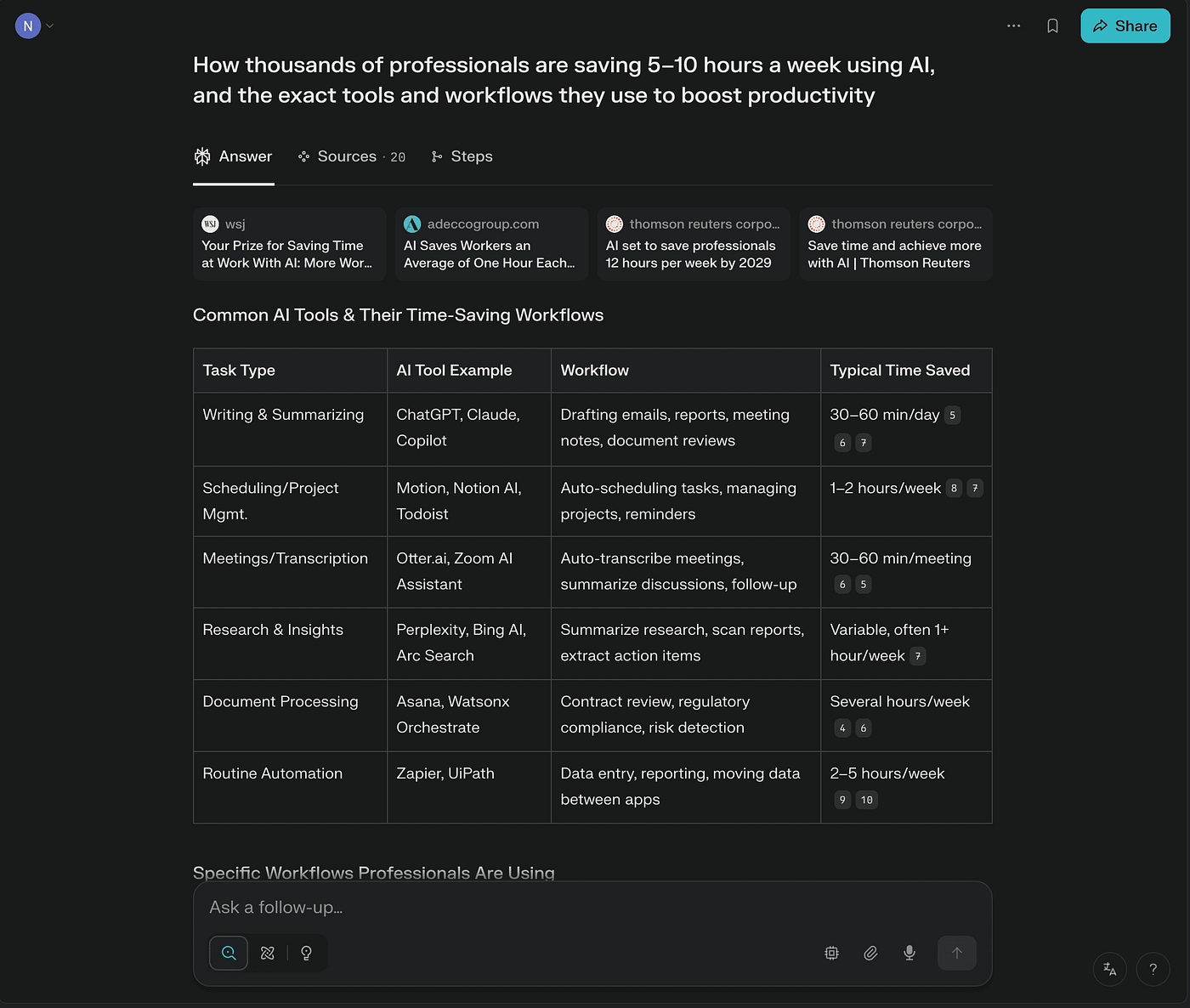


This is such a valuable post, Nitin.
Cool ideas with new AI tools, and then even stating how they can be useful, and even the real-world applications.
Literally great. Keep up the good work.
I didn't know you can generate videos in NotebookLM! Thank you🤗